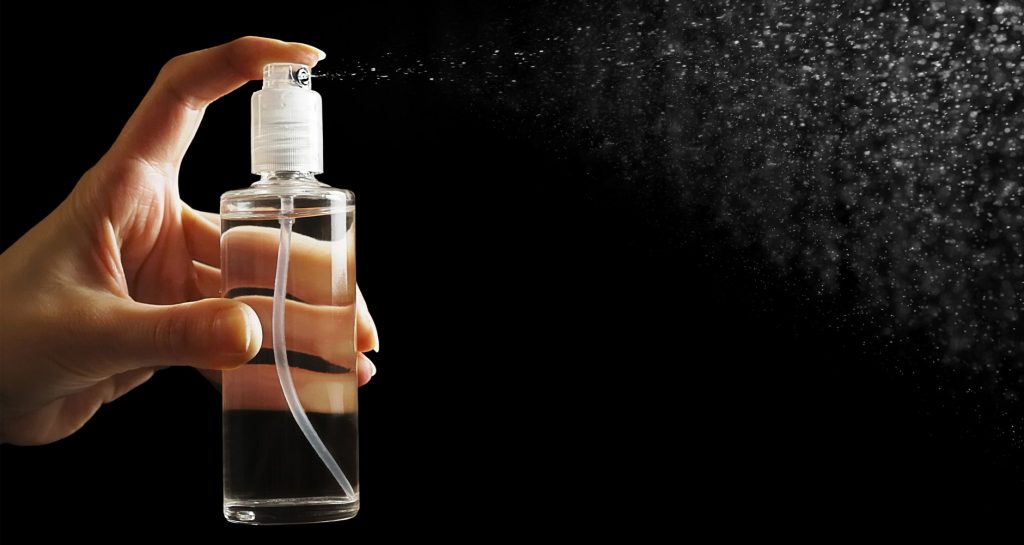Odor masking is a very prominent problem in our daily routine, mainly concerning unpleasant sweat or toilet odors. This article shows that the use of fMRI will provide answers and lines of thinking to this odor masking problem.
In odor masking, a pleasant odor is used to mask an unpleasant odor, and it is expected that the unpleasant odor is completely covered by the masking odor. Nonetheless, neuronal processing is expected to differ between the pure masking odor and the odor mixture.
In the current study the authors explored the effectiveness of odor masking on a behavioral and neural level. By definition, participants cannot differentiate a fully masked odor from the pleasant odor used as a masked agent on a behavioral level.
The hypothesized that (1) the pure and the masked odor stimuli are not discriminated on a perceptual level, but that neuronal processing differs between the stimuli. Further, the authors hypothesized that (2) perceptual discrimination can be enhanced using a positive reinforcing feedback paradigm.
In order to test this hypothesis, Rodriguez and colleagues recruited 29 healthy volunteers. The task of the participants was to use an MRI-compatible keyboard to decide whether the odor pairs perceptually differed or not. A decision was required immediately after presentation of the second odor, with participants subsequently receiving an immediate feedback on the computer screen. Participants were informed that they would receive a monetary reward. Odor stimuli were applied via Teflon tubing gated to the nose of the participant inside the MRI scanner using a computer controlled olfactometer.
The results described in the article showed that many participants could not distinguish the pleasant pure odor used as a masking agent to the fully masked unpleasant odor, while fMRI data reveals differing neural processing for the pure and the masked odor. Moreover, perceptual discrimination cannot be enhanced by participants’ training (using feedbacks). Only the use of fMRI can allow us to discriminate a fully masked unpleasant odor to the same pleasant odor (used as a masking agent).

Reference: Rodriguez-Raecke R, Loos HM, Sijben R, Singer M, Beauchamp J, Buettner A, Freiherr J (2019). A Masked Aversive Odor Cannot Be Discriminated From the Masking Odor but Can Be Identified Through Odor Quality Ratings and Neural Activation Patterns. Front Neurosci. 14;13:1219.

